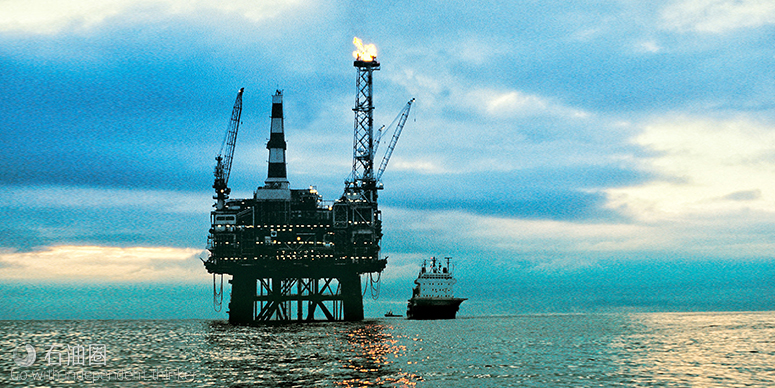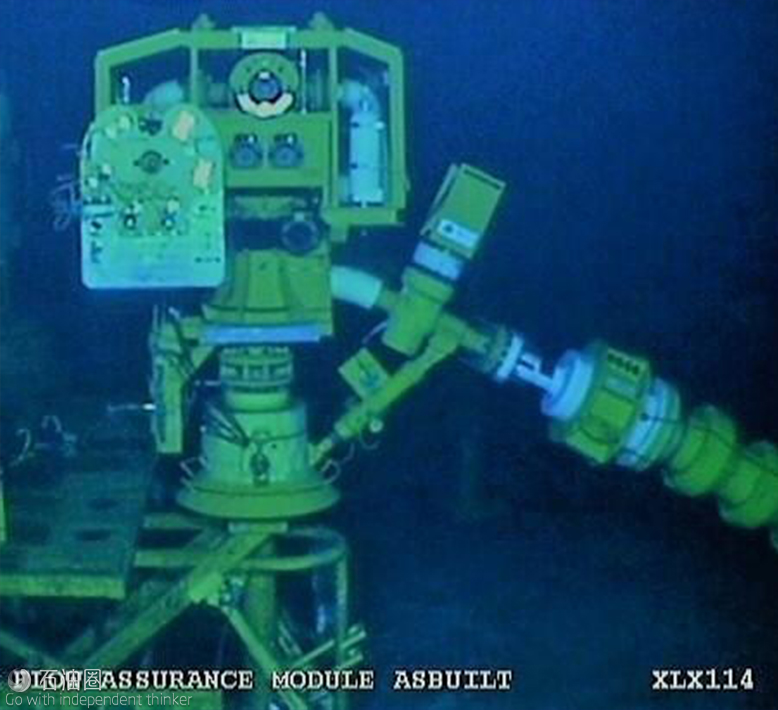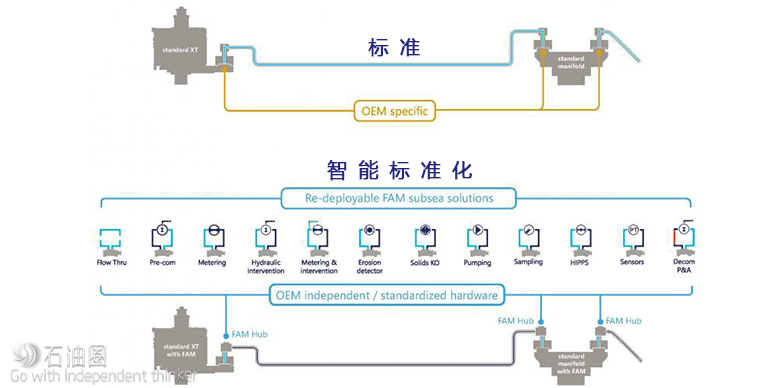Low-cost standard hardware with short lead times has long been a holy grail for the subsea industry. There have been numerous global, regional, industry and operator- led initiatives to standardize specifications, interfaces, materials and even terms and conditions, all to reduce project costs and time to delivery. Some of these have been successful, others less so.
It is not unusual for the functional design specification of a project to start off as a simple, quick, low-cost standard. However, by the time the requests for quotations land on suppliers’ desks, all the bells and whistles, extras, add-ons, redundancies and contingencies are in the specification.
Procurement decisions are made regarding the life of field development requirements with limited data from only a few appraisal wells. It is easy to understand why hardware can become overspecified, based on a projection of what the operator might need to address regarding all perceived contingencies at some time in the future.
In today’s challenging climate, it is the low cost and faster business models that will determine sanction or nonsanction in marginal developments. In some instances, the specification of the basic tree or manifold simply grew until all the extras were included back into the new standard so that the same piece of hardware could be used in multiple fields. While this resulted in incremental cost and schedule improvements from common manufacturing and production operations, it was a far cry from the low-cost basic standard the industry needed. However, as the proverb says: “You cannot have your cake and eat it too.” Similarly, the industry cannot have future-proofed contingency solutions and a low-cost basic standard infrastructure. Or can it?
These were the challenges facing an operator in the Gulf of Mexico (GoM) in 2016 when it approached Enpro Subsea. The proposed project was to tie back a new production well via a single 3.2-km (1.9-mile) spur into an existing subsea flow loop in the Mississippi Canyon.
Enpro Subsea was invited to propose a design for a fast-track solution making use of the operator’s existing deepwater infrastructure and surplus inventory of multivendor subsea hardware. For the project to remain competitive, the operator gave a challenging 12-month deadline for the project, from sanction to first oil.
The unique nature of the well spud location, existing infrastructure and established facility operating procedures, created various potential life of field production issues for Enpro to consider when designing its system, including
1.Flow assurance: Production chemistry and uneven seabed topography required a flow assurance strategy to successfully manage and mitigate the potential for hydrate formation within the single spur flowline. The traditional solution would be to extend a pigable loop, but this would make the project uneconomic.
2.Metering: The operator needed multiphase flowmeters and water cut meters on the project to detect water breakthrough, which would influence the flow assurance strategy to prevent hydrates in a flowline spur during shutdowns. The multiphase flowmeters also would enable the production engineers to use the instantaneous flow rates to optimize and maximize the production out of the individual well.
3.Fluid intervention: Although not needed immediately, the operator wanted the capacity to allow hydraulic intervention and well stimulation operations into either the pipeline or the reservoir in later field life to enable maximized recovery from the asset. The technical challenges included the preference to use existing components from different hardware manufacturers with differing hub connector designs.
A flow assurance (chemical injection) FAM was installed on a subsea flowloop manifold.
Enhanced subsea system
Enpro used its patented flow access module (FAM) technology in the project. The system is an enhanced subsea architecture that enables capital-efficient, flexible field development. It specifically allows operators to locate project specific production technologies onto standard stock subsea hardware. It consists of a FAM hub located within the jumper envelope and a separate FAM that houses the production/technology hardware (i.e., meters, valves, pumps and instrumentation).
By decoupling the core subsea architecture from the enhanced production, the FAM technology has several advantages over standard methods. With a broad range of FAMs available, it is possible the modules can be deployed at any time in field life. Due to concurrent engineering, operators can place long purchase orders for basic infrastructure at a very early stage of the project. The FAM technology can be installed at either end of the jumper or flowline at the christmas tree, pipeline end manifold, pipeline end termination or a simplified manifold.
As FAM technology is an open standard, it can be used with multiple original equipment manufacturer connectors (collet, clamp, vertical, horizontal) and both rigid and flexible jumpers. Stackable FAM hubs allow tie back to previously congested and fully allocated manifold slots. Also, FAMs are retrievable independently of the jumper.
The GoM operator used two FAM hubs (one at either end of the 3.2-km flexible pipe tieback) and three individual FAMs for metering, flow assurance and fluid intervention, respectively. The metering module was installed at the christmas tree end of the flowline. The flow assurance module at the manifold and the hydraulic intervention module was supplied for deployment when required.
Smart standardization
The FAM technology is not limited to brownfield applications. In 2017 another operator adopted FAM as one of the key enablers of a full-field deepwater development strategy. The three-year program includes the installation of FAM hubs on all new well jumpers while in parallel implementing an upgrade program, enabling them to reintroduce strategic flexibility and development options into their legacy subsea infrastructure. The operator is initially using FAM for metering and well stimulation operations but may consider single-well pumping and high-integrity pressure protection systems in the future.
FAM technology enabled the GoM operator to “have their cake” with multiple life of field enhanced production solutions available to them in the future and “eat it” by their use of existing standard low-cost stock infrastructure. Enpro calls this smart standardization.
Since the first FAMs were deployed in the GoM in 2016, more than 35 have been adopted globally, with repeat clients in multiple regions, proving all the right ingredients are in place for anyone who wants a slice.

 石油圈
石油圈


